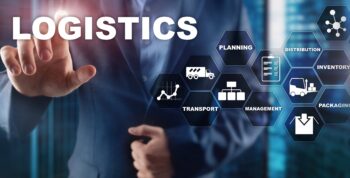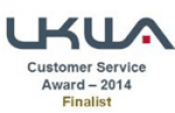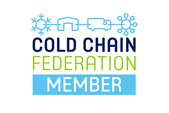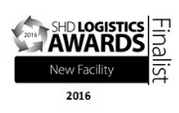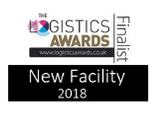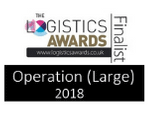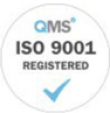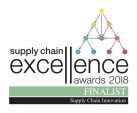In this two-part article, we explore lean supply chains, agile supply chains and then consider the potential of using lean and agile in combination, a hybrid solution to get the maximum benefit.
Lean supply chains
In a lean approach, anything in the process that doesn’t add value for customers is eliminated. Lean supply chain management is essentially about lowering the cost base and reducing waste as much as possible.
Where are they most effective?
Traditionally lean is applied in manufacturing as it is focused on efficient, streamlined operations. It means producing high volume at low cost. This sort of supply chain focuses on reliability and predictability rather than on flexibility and adaptability. For example, a lean supply chain in a fast-moving consumer goods (FMCG) company such as Unilever which sells household consumables and packaged products is both cost-conscious and efficient, but it won’t necessarily be able to respond to new or changed demands quickly.
Agile supply chains
Agile supply chains are designed to be highly flexible so that they can quickly adapt to changing situations. Markets are volatile; adaptability and agility become crucial factors in responding to these fluctuations. Being agile implies that your supply chain is responsive and can deal with sudden changes with the required speed and flexibility.
Where are they most effective?
Agile is most effective where there is a constant stream of new, innovative products. Organizations, especially those involved in the fast-moving retail sector and with e-commerce aspirations need to be able to adapt to unanticipated external shifts in customer demand. The difference between lean and agile is the fluidity of a company’s ability to respond to the market. Which is better for your business? Lean and agile supply chain solutions are often offered as an either-or option but many large global companies are now embracing both approaches in their diverse operations. Having a hybrid supply chain strategy by using lean and agile approaches in combination could be the answer.
More about Lean
Eliminating waste
There are many types of waste in supply chains. Here are some examples:
- Excess warehouse space and/or too much inventory
- Too many steps in a process, both administrative and operational
- Unnecessary movement of product both in-house and externally
- Waste of energies including the human effort that does not add value
Eliminating waste saves money which gives companies a competitive edge over their competitors.
Manufacturing
This is where significant improvement can be achieved. Lean strategies rely on forecasting to predict how much inventory will be needed to meet demand so that there is no unnecessary overproduction.
Footwear and sports apparel manufacturer Nike outsource their manufacturing to more than 700 factories located in 42 countries. The company’s focus areas include lean manufacturing for increased labour productivity and reduced waste, material consolidation, and innovation and modernization of their manufacturing processes.
Quality is an important part of lean manufacturing, achieving zero defects in the manufacturing process reduces waste and increases efficiency. Better quality means fewer returns and a more efficient use of resources. The emphasis on quality control not only means creating better products but better processes. By manufacturing goods that are durable and less prone to defects, you are increasing the reputational value of your brand.
Warehousing
Companies should always be working on the reduction of unnecessary inventory. The accumulation of inventory requires money and resources to store and maintain it. The aim is to minimize warehousing space and handling, in turn reducing overall costs.
Worldwide fashion retailer H&M has been globally recognized for their financial and marketplace success based on inventory management and stock control. H&M’s strategy with their supply chain is focused on cost-efficiency with production and reducing lead times for inventory.
Logistics and Transport
Businesses that want to eliminate waste can look at their current transport contracts to see where they can be streamlined. Too many suppliers, excess vehicle standing time, empty return loads and damages all add to your costs. Efforts to improve customer satisfaction can lead to extra expense that does not deliver on promises.
How to get started with lean
Firstly, lean requires a change strategy that will be accepted throughout the organization if it is to be truly successful in removing costs and adding value. Often types of waste become incorporated into the daily operations and are generally accepted as normal. However, the benefits of tackling it can be significant; gaining market share, reducing capital tied up in inventory, improving customer service and increasing capacity.
There are various tools that can be applied to a lean strategy but there is no “one” tool to implement for a quick fix. Tools can stretch from standardising work guidelines to Six Sigma, a method that is quite complex and focuses on preventing defects and mistakes in processes rather than discovering them later. A successful lean approach goes beyond the organizational boundaries of the company and extends to suppliers and to customers. Value is what the customer perceives, not what the company assumes.
Part Two of this article discusses Agile supply chains and possible ways of combining Lean and Agile for maximum benefit.




